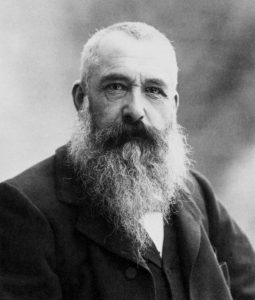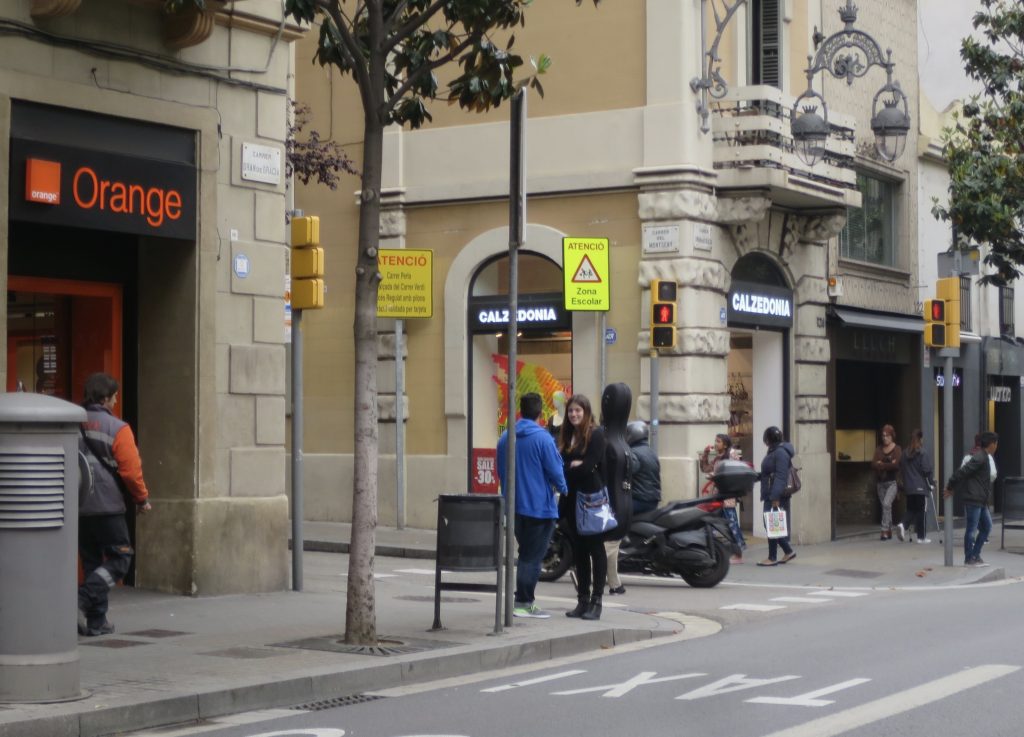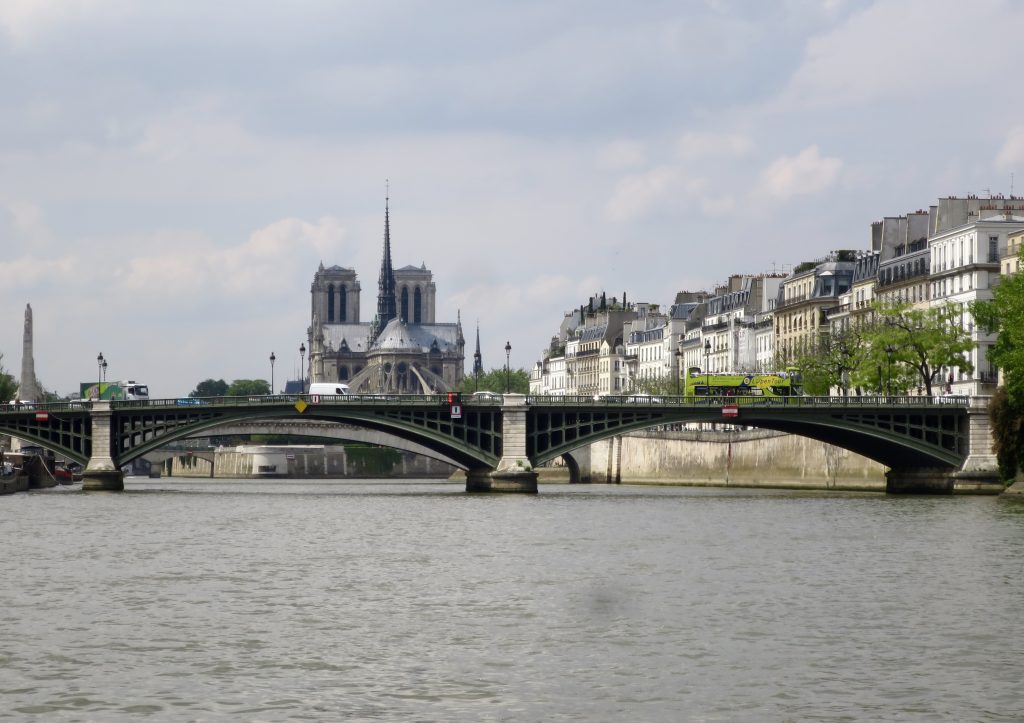“Impressionism: a style or movement in painting originating in France in the 1860s, characterized by a concern with depicting the visual impression of the moment, especially in terms of the shifting effect of light and color.”
 You cannot talk about Impressionism without mentioning Claude Monet, and you cannot talk about Claude Monet without alluding to Giverny.
You cannot talk about Impressionism without mentioning Claude Monet, and you cannot talk about Claude Monet without alluding to Giverny.
Giverny is a small town (50 miles Northwest of Paris) on the right bank of the Seine River, where Monet resided from 1883 until his death in 1926 and where he created a series of about 250 oil paintings called Nympheas (Water Lilies).
The name Impressionism by the way derives from a Monet painting named Impression, soleil levant (Impression, Sunrise) which incidentally was not well received by the critics. It strayed too much from the classicism favored by the very conservative French Académie des Beaux-Arts and was repeatedly refused entry to the prestigious Salon de Paris.
Claude Monet, Pierre-Auguste Renoir, Alfred Sisley, and Frédéric Bazille were at the forefront of the Impressionist Movement and fought hard to have their work recognized and exhibited.
Sensitive to public opinion, Emperor Napoleon III created the Salon des Refusés (Salon of the Refused) to allow the Impressionists to showcase their work.
Thousands of visitors flocked to the exhibit… and laughed their heads off. Critics and public alike unanimously ridiculed the show.
But the uproar created by this event helped to legitimize and empower this revolutionary form of art.
If you harbor any cultural pretention, it would be unforgivable to visit Paris without calling on Giverny.
From the 1st of April to the 1st of November, more than 500,000 people each year visit Claude Monet’s house and garden AND incidentally an adjacent restaurant appropriately named Les Nymphéas.
Nothing but pictures can adequately describe the splendor of Monet’s garden in the spring.
Click on “My Photos” and judge for yourself.
Alain


